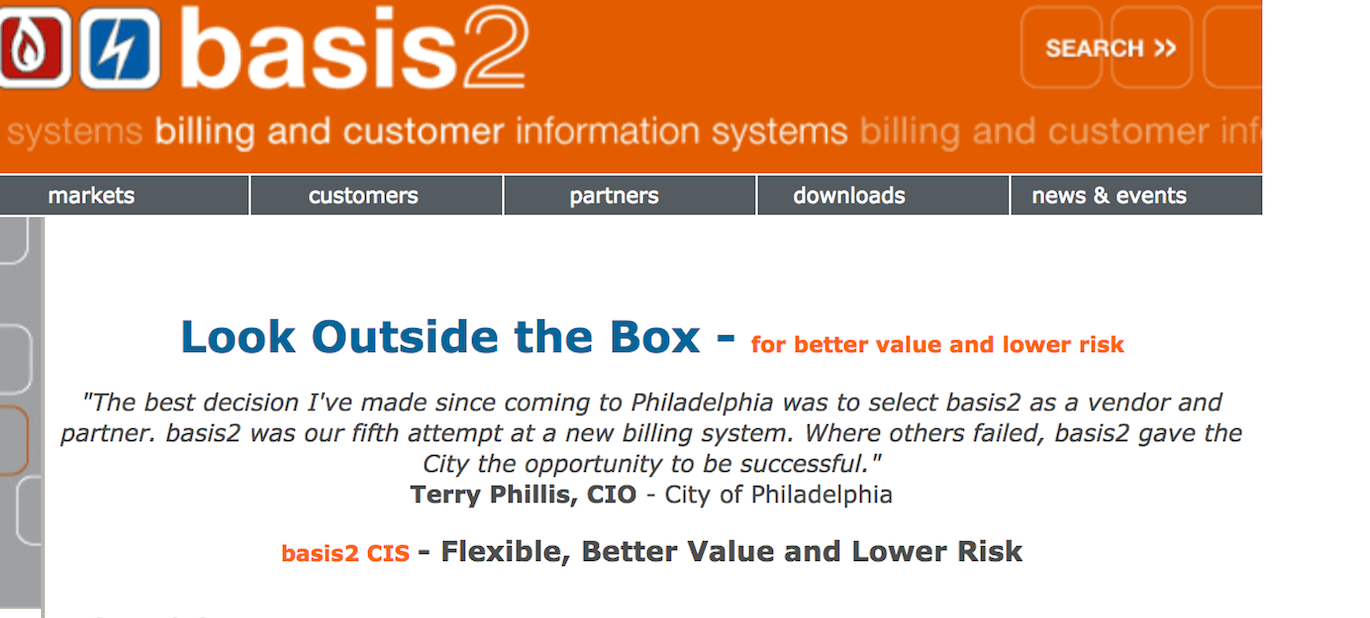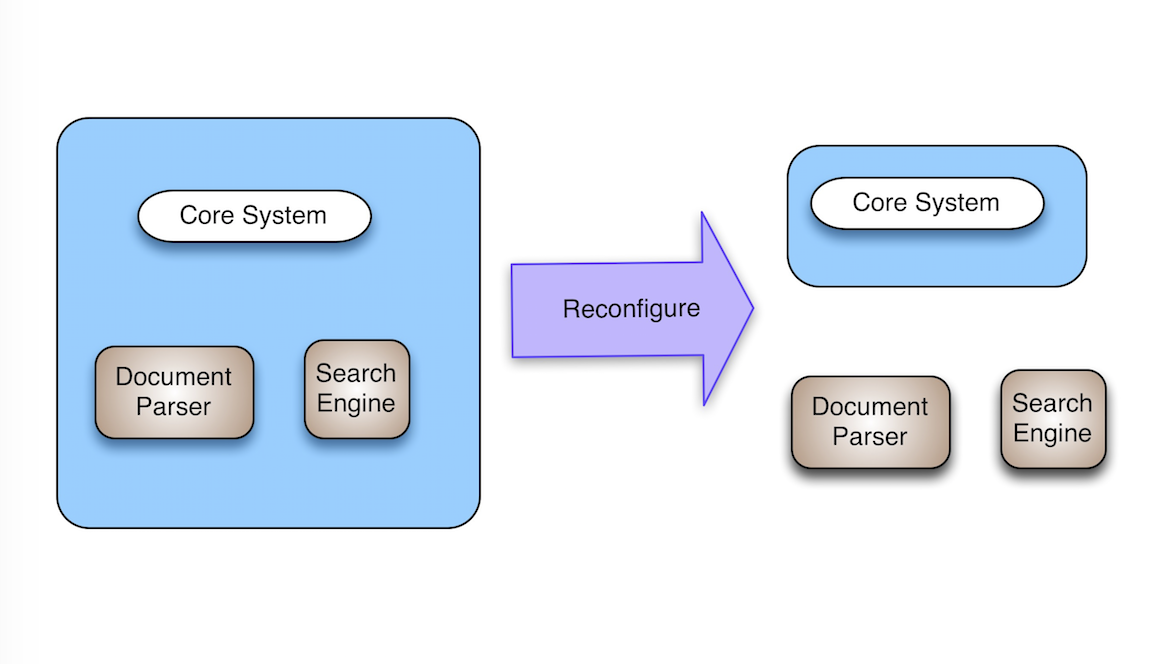Outdated And Unsecured – Your Application Is A Sitting Duck
Category : Culture , Development , Digital Transformation
Companies with revenues in the millions and even billions of dollars face the risk of running outdated software applications. Why do they continue to do so? Are the risks only restricted to outdated software?
Applications built using the latest stack also risk being vulnerable when appropriate security measures and policies are not followed. Facebook was under scrutiny for storing millions of passwords unencrypted. According to Facebook, the passwords were not stolen. The incident did result in a loss of trust which further exasperated the situation at Facebook. Facebook was fortunate that the passwords were not hacked. There are many instances where encrypted and unencrypted information were stolen. Such was the case with LinkedIn, Yahoo, and many others.
In this article we will focus primarily on the topic of outdated applications and how to approach them.
One major reason that organizations continue to run outdated applications is the cost involved and the return on investment (ROI). Companies see upgrading as not a worthwhile expenditure unless there is no other choice. The organization may be using agile and lean methodologies to build a software. However, they may not necessarily end up with a product that can stay agile and lean.
Stay Relevant
The decision to stay current is largely driven by the culture. An organization that is enthusiastic about the trends in the industry will try to analyze what is worth adopting and go for it.
When responsive sites were becoming popular, it was an easy win for many. It was like upgrading the upholstery. There was definitely a cost involved but was much less for the new look and feel of the same legacy application.
So, how do you convince your management that your software needs to stay current? Your organization can either be motivated by the new capabilities or be threatened with the consequences of non-compliance, security breach etc.
The threat factor usually does not work well. The news cycle has so many of those threat factors. The Equifax hack, DoorDash breach, Capital One breach, Target breach and many more fills our news on a regular basis. Many organizations do not understand their vulnerability. Even if they understand it, it is a complex problem to analyze and mitigate the risk.
If your application has reached a point where upgrading is a high-risk project, remember that not upgrading is of a much higher risk.
The application may be so important that you can’t risk disturbing it. Or it may not be important enough for you to care about it. Either way the risk still remains.
The risk with running outdated applications is that there are a lot of known and exploited vulnerabilities already in them.
How do you bring about change in an organization? Let’s look at a few things that you can focus on to bring attention to the problem.
Be More Specific
- “There is a new security patch to install. When can we do it?” Vs. “A regular user can impersonate and perform admin functionalities. We have a patch. We need to apply it immediately.”
- “The next version of software has a lot of good features.” Vs. “The next version of software will allow us to deliver content seamlessly across multiple channels.”
- “Upgrading to the latest version is going to be a major effort.” Vs. “Upgrading to the latest version is going to take 6 months and cost $500,000.”
A security alert notification that I received in January 2019 read, “Users with User.VIEW permission can update other user’s password.” The implication is if someone can view your profile information, they can also update your password. What risks are you facing? If you have an SSO with a third party identity manager and that is the only way users can access the affected system, your risk may be low. If not, you are taking a big risk by not applying the patch. A hacker can gain admin access by changing the admin password.
Equifax security breach due to the failure to patch a vulnerable software resulted in millions of users information being stolen. How do you keep track of such security flaws in a 9 year old library with the flaw being reported only around the time of attack? There are some vendors who continuously track vulnerabilities and can help generate reports for your application. This will only work on reported vulnerabilities. It is not effective on a Zero-day-Exploit like Equifax where the attack happened even before the vulnerability was publicly reported.
If your application is a moving target rather than a sitting duck, it could help reduce such attacks like that of Equifax. It should be a high priority to keep your application current.
Make It Clear
We all at some point or the other might have heard this. A lasting change comes from within. This applies to individuals, groups, and organizations.
When the drive is not from within the organization, all outside compliance requirements are not that effective. If a compliance requires that you take appropriate backups, a diligent organization will also make sure that the backups are useful.
You cannot force your business leaders to upgrade if they see no value in it.
What are the advantages and disadvantages to upgrading? More importantly what are the direct and hidden costs. How do you mitigate the risks?
Are Your Clients Happy?
In certain scenarios a major client of yours may mandate that your product is built on current technologies. In this case, there is a financial consequence of losing the client if your product is built on older versions of software.
Do you have a competitor who is offering the state-of-the-art product that uses all the latest advancements in artificial intelligence, machine learning, and personalization and also costs less?
Why not experience new innovation?
You should have innovation labs where your team can explore some of the latest technologies and products.
Talk To Others
I have never heard from a vendor that their new product is very challenging.
Are there other clients who are willing to talk about their experience with the new version of the software? If you really want to hear the true story, try to reach out to other users directly without a sales and marketing pitch from vendors. Many market research papers such as Gartner and Forrester provide valuable insights. The concerns that they raise can be extremely valuable.
Cost
Often organizations continue to pay a high price for old technologies when the new subscription model could save them more. Identify the cost differences and the options available.
You may not be able to tell this to your boss
In a very sensitive environment, a security breach due to outdated software can cost the leadership their jobs. Even if leadership can blame a breach on a systems engineer who did not apply a patch, it is the leadership where the buck should stop.
Build The Right Skills
Are you paying attention to the needs of your team? Are the skills that team has going to become obsolete? Should you invest in your team or risk losing the best? Look out for the soft signs from your teams and see if they are becoming disengaged and disillusioned working with outdated tools and products.
A disengaged team is not going to be able to identify the risks and take proactive steps to mitigate those risks.
One of the major challenges that many businesses face today is that they do not have the people with the right skills to either upgrade a software product to the latest or to analyze the impact of upgrading.
It is important to build the necessary skills to either be able to do it yourself or at least know when you need help and what type of help.
Any organization that is able to afford a software team should invest in making sure that the team has the capabilities to do it all themselves.
It is perfectly fine to get outside help. But you should not be completely at the mercy of another organization to make you successful.
Upgrades of any major piece of software require preparation and planning. You should expect challenges especially if you have spent a significant amount of time building and customizing the application.
Conclusion
Being current does not mean you can stop monitoring your applications and networks for security threats. Being outdated means that you are risking being a sitting duck that is waiting to be breached.
Do not stop here. It is time to reevaluate what you have and protect the data of those who have trusted you with it.



